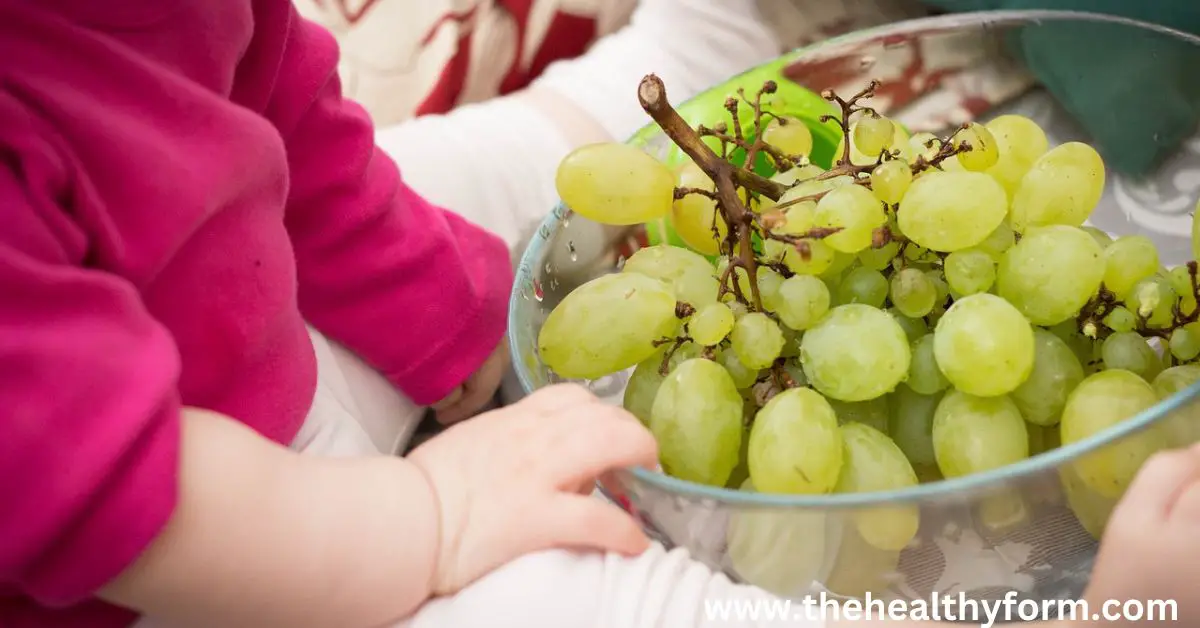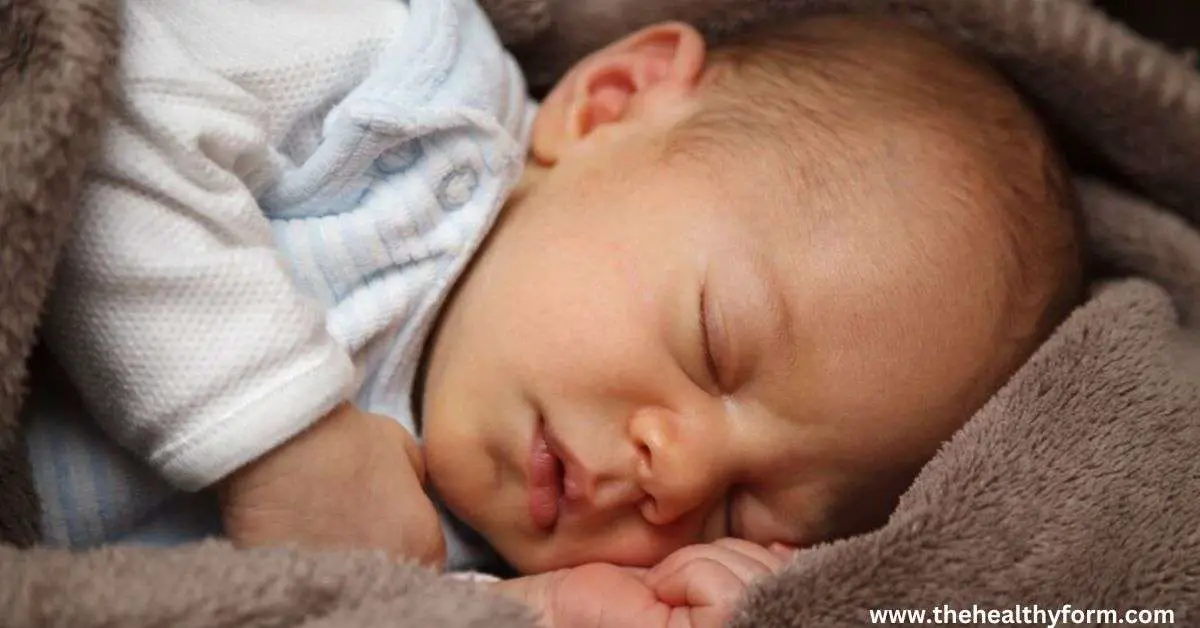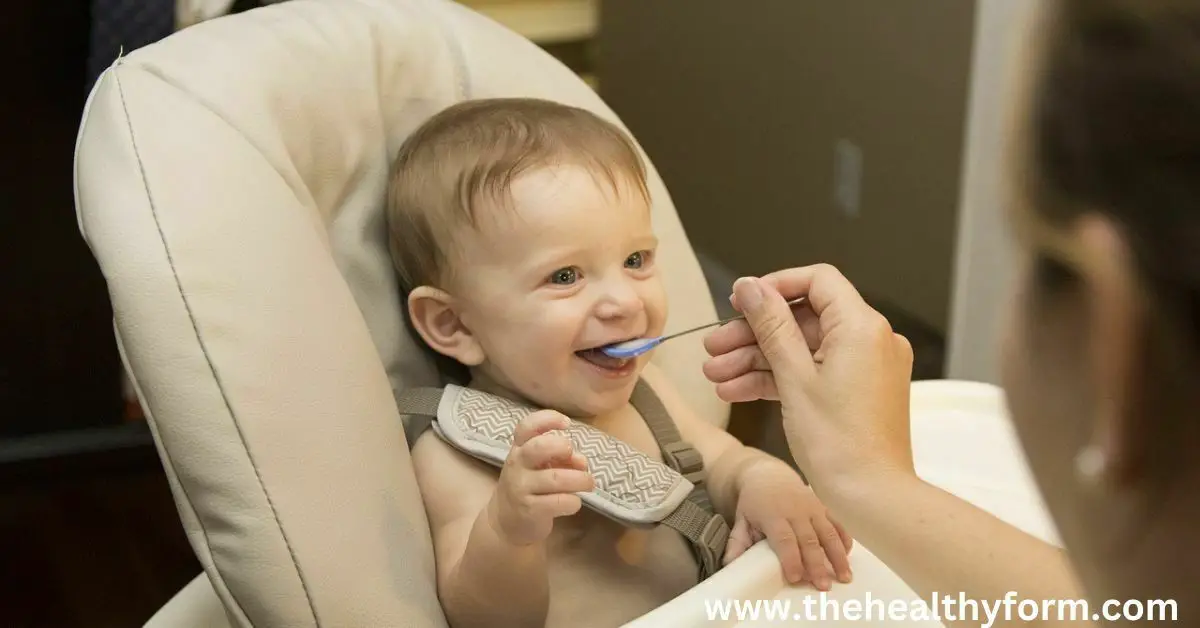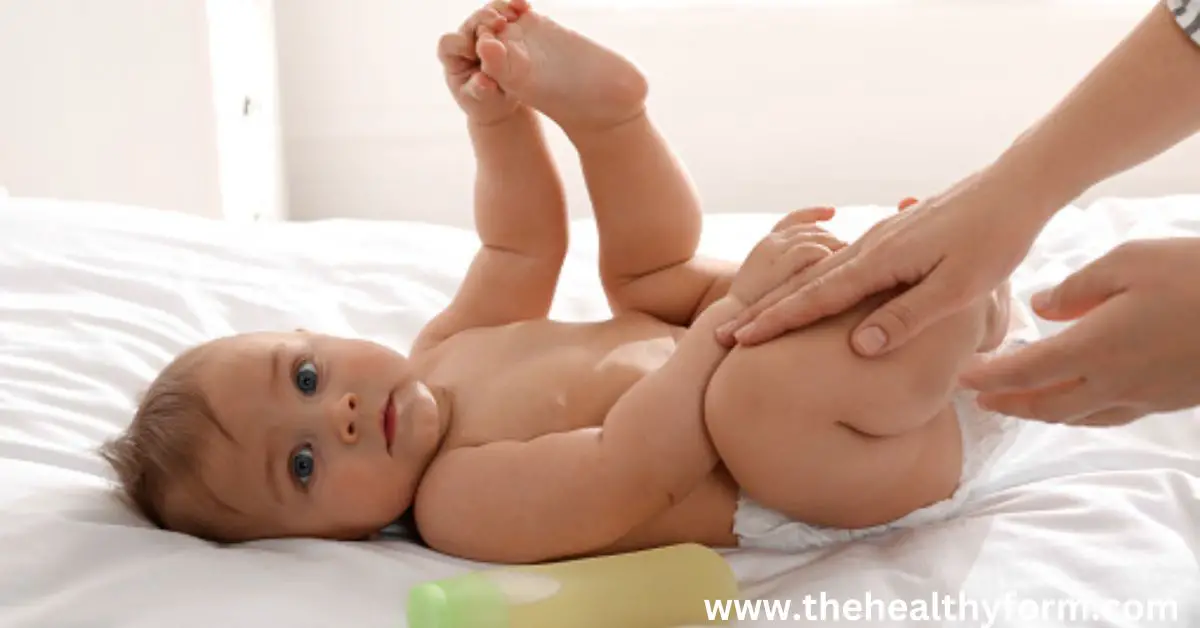The Ultimate Baby Travel System Checklist and Essential
Are you planning a trip with your little one? Ensure you’re prepared with our comprehensive baby travel system checklist and essential gear guide. From strollers to car seats, we’ve got you covered. Bringing home a new baby is an exciting time for any family but can also be overwhelming. Suddenly, there’s a little being in the house that needs all sorts of special care, and if you’re like most new parents, you’re probably feeling the need to get everything prepped and ready to go before they arrive. A baby travel system is one piece of baby gear that will help.
A travel system covers all the bases, from car seats and strollers to highchairs and booster seats. It keeps your little one safe when out on the town and ensures you have all the necessary items packed in one convenient package.
In this article, we’ll look closely at baby travel systems. We’ll cover the benefits of owning one and potential drawbacks so you can decide whether this item is best for your family. So fire up your laptop or tablet, and let’s get started!
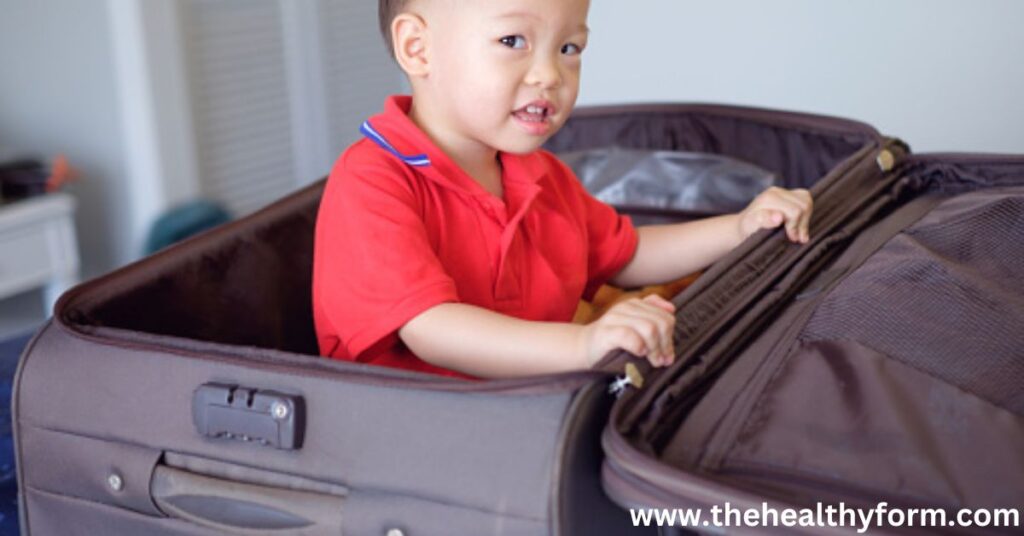
What Are the Basics of a Baby Travel System?
When you’re out and about with your little one, having the right gear to make transporting them easier and more secure is essential. Many parents opt for a baby travel system: an all-in-one solution that provides an infant car seat, stroller, and base in one package.
Not only does it make your life easier, but a good quality travel system will ensure your baby is secure and snug while you’re on the go. Here are the basics of what a travel system includes:
- Infant Car Seat – Most car seats are designed to be compatible with the stroller, so you can move your baby from the car seat to the stroller without having to take them out and put them in again.
- Stroller Base – the stroller frame which provides stability, shock absorbency, storage options, etc.
- Stroller Seat – usually made from a comfortable fabric with adjustable seat positions and flexible frames for easy foldability when not in use.
With all these components combined into one convenient unit, you’re ready to go on any adventure with your little one without worrying about safely transporting them.
Pros and Cons of Traveling With a Baby
Traveling with a baby can be daunting, but the right travel system makes it much easier. A travel system comprises several components that work together to get you and your little one where you’re going—safely and in style.
Before buying one, consider the pros and cons of investing in a baby travel system.
Pros:
- Easier transportation: A travel system makes it much easier to transport your child without having to purchase multiple items separately. You’ll have everything you need for car trips and airplane rides in one package.
- Cost savings: Purchasing individual items for each journey can become expensive over time; with a travel system, you only buy once to save money.
- Durability: Most systems come from trustworthy brands that provide long-lasting items lasting through multiple trips and many children.
Cons:
- Weight: The whole set can be quite heavy, even when disassembled—which might be more than expected before purchasing.
- Space constraints: With all of the pieces together, the size of the product increases substantially, so it’s important to ensure that it will fit in the trunk or back seat of your car before purchasing.
- Limited design options: Although more designs are available than ever, there is still a limited selection regarding certain look preferences or special features like cup holders or adjustable backrests.
Consider what kind of trips you take most often—airplane rides or road trips—
Important Safety Considerations for Traveling With a Baby
Every parent knows that safety should always come first for their little one. The same goes for traveling with a baby. That’s why you should pay extra attention to the safety features of any travel system before you make your purchase.
Car Seat Compatibility
The car seat with the travel system should have met or exceeded the safety standards the US Department of Transportation set out, so double-check that before anything else. Also, you should ensure the car seat’s base is compatible with your car, van, or SUV.
Easy Installation
You should also consider how easy it is to install both the base and the car seat in your vehicle. Does your travel system require some tools for installation? Is there a quick-release mechanism, or does it require latches? These are all important things to consider when selecting a travel system for your baby.
Harness Features
The harness on your baby’s car seat is also something to watch when shopping around. How does it adjust? Does it recline? Are there multiple recline positions available? Does it have a padded headrest for extra comfort and protection? All these things will help ensure your baby is kept safe and comfortable throughout the trip.
What to Look for When Shopping for Baby Travel Gear
Buying baby travel gear with all the choices out there can seem daunting. But don’t worry; here is some essential information to remember when shopping for your baby’s travel system.
Weight
When pushing a stroller and carrying a car seat in and out of cars, you want to ensure that these items don’t weigh too much. You may be underestimating how heavy your baby will get over time, so always use the weight range recommended by the manufacturer.
Car Seats
Car seats come in different sizes, so measure your car seat before buying one. It’s also important to check if your car is compatible with the seat you plan on buying—not all cars are made for all types of car seats, so double-check on this one. Note that if you plan on using a travel system, it may have a specific type of car seat attachment designed just for its frame.
Other Features
You may appreciate having other features, such as suspension systems and adjustable seat positions on your stroller or car seat. If you plan to take long hikes or walks with your little one, these features might make it more comfortable for them and you! Some travel systems also come with storage space at the bottom or side pockets that could come in handy if you store items like diapers, wipes, and snacks during your journey.
Now that you know what’s available and what to look for when shopping for baby travel gear, go forth and get that perfect setup for your family!
How to Pack and Prepare for Your Baby’s Travels
When it comes to packing for your baby’s travels, the key is being prepared for anything—you never know what situation you’ll find yourself in. Here are a few tips and tricks to make sure you have everything you need when you’re out and about with your little one:
- Safety first—Bring a car seat designed for travel and ensure it’s approved for air travel.
- Pack extra clothes, diapers, blankets, and wipes — even a spare onesie in case of spills. Some parents suggest bringing more clothes than on days you’re away, just in case.
- Pick up some baby-proofing items like outlet covers, cabinet locks, or drawer locks to secure any hazardous materials or fragile breakables that may be around at your destination.
- If it’s a long road trip, think about ways to keep the baby entertained, like snacks, toys, or books—a good baby travel system should come with plenty of storage and pockets, so everything is within easy reach of parents’ seats.
- Most importantly, try to keep the baby on the same schedule as much as possible while traveling—pack bottles and formula if your little one is still breastfeeding so feeding times can stay consistent no matter where you are!
FAQs on Baby Travel System Checklist
If you plan on taking a trip with your little one, you may have questions about baby travel system checklist. After all, it can be a lot different than going on a trip as an adult. Here are some of the frequently asked questions (FAQs) people tend to have when it comes to traveling with a baby:
Can I bring formula and food?
You can bring formula and food for your baby on the plane. You must follow the TSA regulations and carry the formula in 3.4 ounces or fewer containers. Also, make sure to bring enough for the duration of your journey.
Will I need an extra seat?
No, you do not need an extra seat for your baby unless they’re over two years old or weigh over 40 pounds. Babies younger than two years old can travel in a car seat or stroller if they meet certain size requirements set by the airline.
Can I bring my stroller and car seat?
Yes, most airlines allow travelers to bring their stroller and car seat free of charge, but it will still count as one checked bag. Remember that each airline has rules regarding strollers and car seats, so familiarize yourself with their policies before traveling.
If you plan, having a stress-free journey with your little one can be possible! So look into the regulations set by your specific airline and consider getting a travel system – it offers convenience and allows for easy portability of your baby’s essential items!
Conclusion
Ultimately, a travel system can be a valuable asset for parents who know what features to look for, what works for their lifestyle, and which is best for their baby. With the right purchase, parents can rest assured that their baby is secure and comfortable while traveling and that they have all the necessary baby travel gear to make their lives a bit easier. Several options exist, from car seat adapters and bassinets to wheels and pram attachments, so take your time and consider each to find the best fit for you and your little one.

